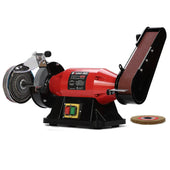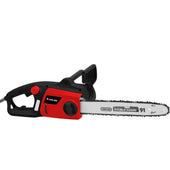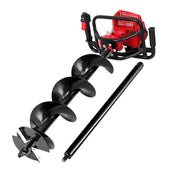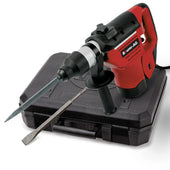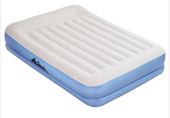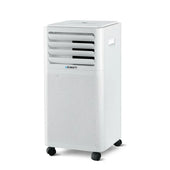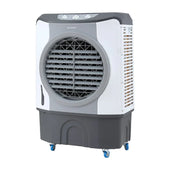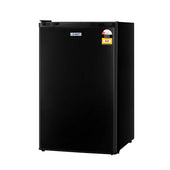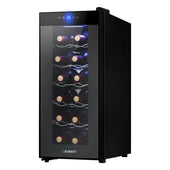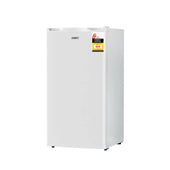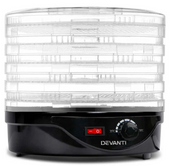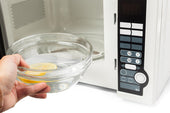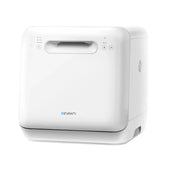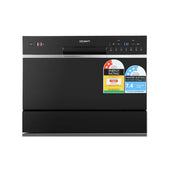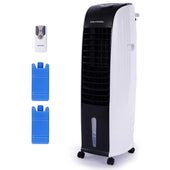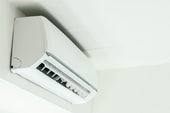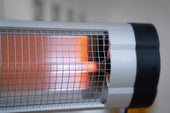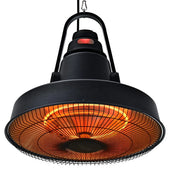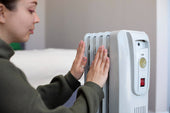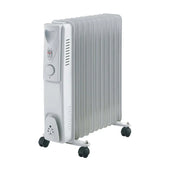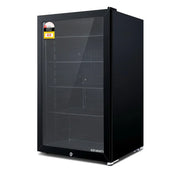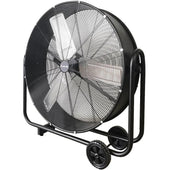Understanding the Basics of Dishwasher Loading
Proper dishwasher loading ensures efficient cleaning and prevents damage to dishes. Each item has a specific place based on its size and material. Plates, saucers, and bowls should be loaded in the bottom rack, tilted toward the spray arms. Utensils go in the cutlery basket with forks and spoons placed handle-down, while knives should face handle-up for safety.
Glassware and cups belong on the top rack. Space them evenly to avoid chipping. Avoid overcrowding, as water and detergent need room to circulate. Large items like pots should not block the spray arms. Differentiating plastic from heat-sensitive items ensures safe drying.
Prepping Your Dishes: What to Do Before Loading
Proper preparation of dishes before loading the dishwasher is vital for optimal cleaning outcomes. Follow these essential steps:
- Remove Large Food Particles Scrape off leftover food to prevent clogging the dishwasher filter. Avoid pre-rinsing unless the dishwasher manual explicitly suggests.
- Handle Stubborn Residue Rinse or soak items with baked-on grease or sticky particles briefly to ensure thorough cleaning.
- Avoid Overworking the Dishwasher Dishes coated with fats or oils should be wiped lightly to ease the cleaning process.
- Check Dishwasher-Safe Labels Inspect items, ensuring plastics or delicate materials are safe for dishwasher use.
Proper preparation saves time and protects the appliance from unnecessary wear.
The Right Way to Load Plates for Maximum Cleanliness
To achieve spotless plates, it is important to arrange them properly in the dishwasher. Plates should be placed in the lower rack, ensuring they face towards the spray arms. At During Days angling them slightly inward enhances water flow for optimal cleaning. Avoid overcrowding, as this prevents water and detergent from reaching all surfaces effectively.
Flat plates and dinner plates should alternate in direction to ensure maximum circulation. Greasy or heavily soiled plates should be closer to the centre of the rack, where spray jets are strongest. Always scrape off food debris beforehand to avoid clogging the filter. Proper placement ensures consistent, hygienic results.
Effective Placement of Bowls and Cups in the Dishwasher
To ensure optimal cleaning, bowls and cups should be placed strategically. Bowls are best arranged at a slight angle in the bottom rack, allowing water to reach inside effectively. Align them with their open sides facing inward towards the spray arms for maximum exposure. Cups and glasses belong on the top rack. Position them upside-down to prevent water pooling and ensure thorough rinsing. Smaller, delicate cups can sit securely in designated prongs to avoid tipping during cycles. Leave adequate space between each item to prevent contact that might lead to scratches or imperfect cleaning. Avoid stacking items to maintain efficiency.
Arranging Cutlery for Best Wash Results
Proper cutlery arrangement is essential for achieving a thorough clean. To maximise exposure to water jets, place knives, forks, and spoons in the cutlery basket with handles facing downward. However, for safety, particularly with sharp knives, it may be safer to keep handles upwards. Avoid nesting or overcrowding pieces, as this can prevent water and detergent from reaching all surfaces.
Distribute the cutlery evenly across the basket to avoid clumping. Alternate the direction of adjacent utensils where possible to minimise stacking. For dishwashers with dedicated cutlery trays, lay each piece flat in separate grooves to prevent overlapping and ensure optimal cleaning.
How to Handle and Load Pots, Pans, and Large Items
When placing pots, pans, and larger items in the dishwasher, position them at the bottom rack for optimal cleaning. Arrange them angled downward so water can easily flow off their surfaces. Ensure that concave items, such as bowls or pans, do not overlap or block each other, as this may hinder water spray.
Avoid loading non-stick or cast-iron cookware unless specifically dishwasher-safe, as the machine can damage their finishes. Large baking trays or cutting boards should be positioned along the sides or at the back, not laying flat, to prevent blocking the spray arms. Always read manufacturer guidelines for washing recommendations.
Tips for Avoiding Overloading or Crowding the Dishwasher
- Consider the spacing: Leave sufficient room between plates, bowls, and utensils so water and detergent can reach every surface. Items too close together may block cleaning.
- Avoid stacking: Do not layer smaller items on top of larger ones, as this impedes effective washing and may lead to residues or spots.
- Check water flow paths: Ensure all spinner arms can rotate freely and that detergent dispensers are not obscured by improperly placed items.
- Load larger items carefully: Position pots and pans on the sides or back to avoid obstructing spray arms or blocking detergent distribution.
- Limit fragile items: Overloading can cause breakable items to crack or chip during the cycle. Use the top rack for delicate glassware.
By following these steps, users can prevent issues like missed cleaning, damages, or the need for a second wash cycle.
Dishwasher-Safe Items: What You Can and Cannot Include
When loading a dishwasher, it is essential to distinguish between dishwasher-safe and non-safe items for both effectiveness and safety. Items labelled dishwasher-safe are suitable for normal cycles, including most ceramic plates, stainless steel utensils, heat-resistant glassware, and certain plastics marked with relevant symbols.
On the contrary, fragile items such as crystal glass, hand-painted ceramics, gold-trimmed dishware, non-stick pans, or wooden utensils should be kept out. These items risk damage due to high heat, abrasive detergents, or water pressure. Transitioning between materials, sharp knives can lose their edge when exposed repetitively to the machine’s conditions. Always check manufacturer instructions for ambiguous items.
Choosing the Optimal Detergent and Rinse Aid
Selecting the right detergent and rinse aid plays a crucial role in achieving spotless results in a dishwasher. Use detergents specifically designed for dishwasher use, as they contain grease-cutting agents tailored for efficient cleaning. The type of detergent—powder, gel, or tablet—should match the user’s preferences and adapt to water hardness levels for optimal performance.
Rinse aids, on the other hand, minimise water spots and streaks, particularly in areas with harder water by promoting fast drying. Detergent and rinse aid compatibility can enhance overall results. Consider checking appliance manuals for guidance on recommended products or adjust based on cleaning needs for glassware and utensils.
Adjusting Rack Heights and Using Special Features
Adjustable racks allow flexibility to accommodate dishes of varying sizes and shapes. Users should lower the upper rack to make room for taller plates and pans in the bottom rack. Raising the upper rack creates space for larger glassware or long utensils above. Many dishwashers have foldable tines, enabling the placement of wide pots or bowls securely. Specially designated sections, like cutlery trays, improve cleaning by keeping items separated. When using bottle jets or unique features, ensure items are properly aligned for optimal cleaning effectiveness. Learning these features allows for better organisation and maximises cleaning efficiency within the dishwasher.
Troubleshooting Common Dishwasher Loading Mistakes
Proper dishwasher loading ensures optimal cleaning and prevents damage to dishes or the appliance itself. Below are common loading mistakes and how to troubleshoot them easily:
1. Overloading the Dishwasher
- Issue: Overloading reduces water circulation and causes incomplete cleaning.
- Solution: Space items evenly, avoiding stacking dishes on top of one another.
2. Blocking Spray Arms
- Issue: Large utensils or pans may block spray arms.
- Solution: Place tall items along the edges or move adjustable racks to accommodate them.
3. Incorrect Placement of Bowls and Cups
- Issue: Bowls placed face up and cups at an angle collect water.
- Solution: Position bowls and cups face downwards for effective rinsing.
4. Mixing Fragile and Heavy Items
- Issue: Fragile items may break or chip if placed beside heavy cookware.
- Solution: Separate lightweight glasses from heavier pots on different racks.
Address these errors to optimise both cleaning performance and appliance longevity.
Eco-Friendly and Energy-Efficient Loading Practices
Adopting eco-friendly loading habits can enhance energy efficiency and conserve water. To start, users should only run the dishwasher with full loads, as partial loads waste water and energy. Loading dishes correctly allows water to circulate efficiently, cleaning effectively without requiring re-washes. Avoid pre-rinsing dishes under running water—modern dishwashers are designed to handle residue while using far less water.
Selecting the eco or energy-saving cycle reduces energy consumption, using lower temperatures and optimised times. Place lightweight plastics on the top rack to prevent warping, ensuring durability. Additionally, ensuring filters are clean maximises energy efficiency over time.
Ending the Cycle: Post-Wash Care Tips for Spotless Results
After the dishwasher cycle ends, taking a few additional steps ensures pristine outcomes.
- Allow Proper Drying: Avoid immediately unloading the dishwasher. Let dishes sit for 10–15 minutes for lingering moisture to evaporate, or use the dishwasher’s drying feature if available.
- Inspect for Residues: Check glasses, plates, and utensils for any stuck-on particles. For items with residual marks, a quick wipe using a soft, damp cloth is effective.
- Unload Strategically: Begin with the lower rack to prevent water from dripping off the top rack onto the clean lower items.
- Clean the Dishwasher: Regularly clean the filter, spray arms, and gasket to maintain optimal performance and spotless results.
These steps contribute to sanitary dishwashing and long-lasting appliance efficiency.


